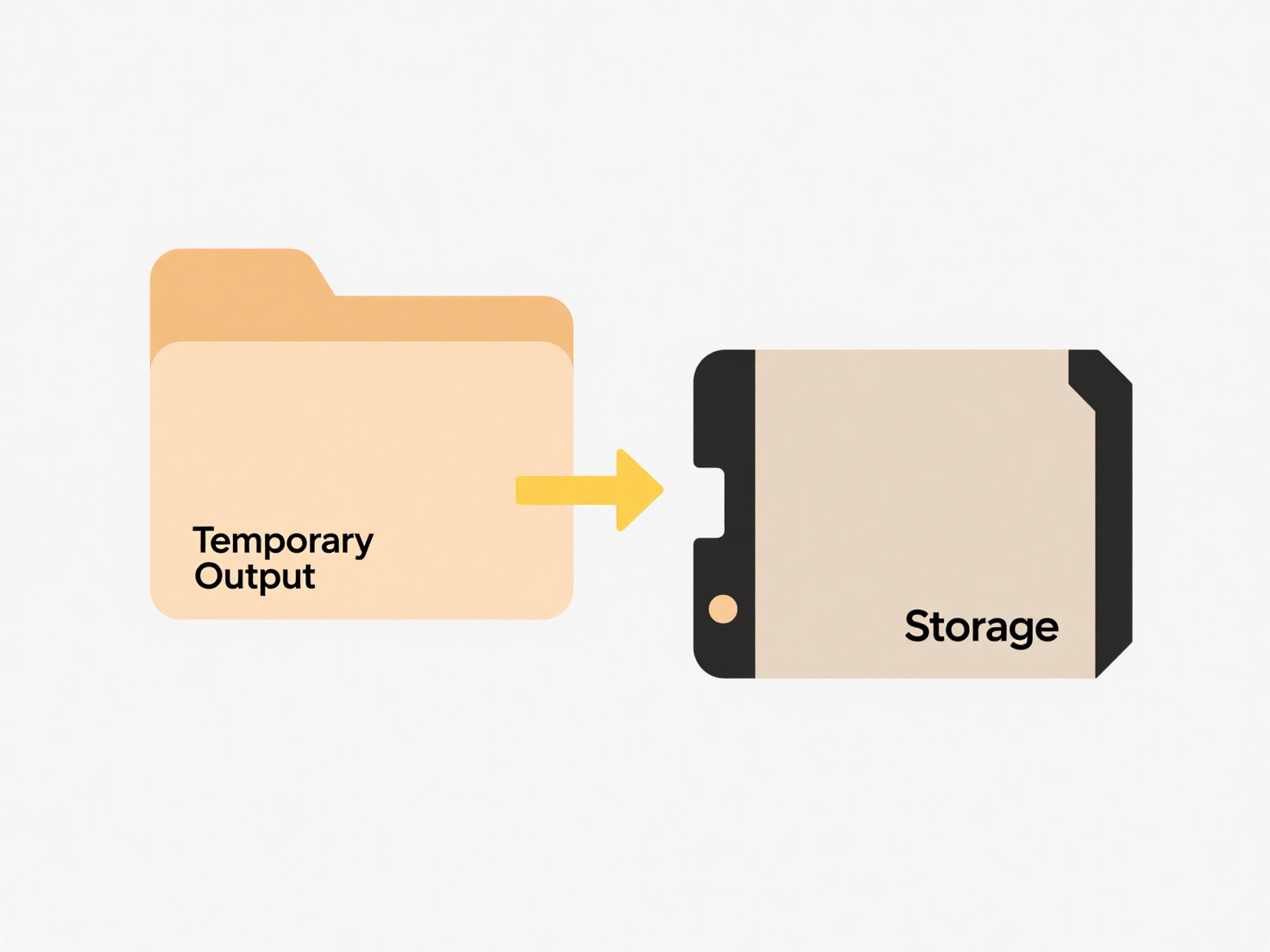
A good image asset naming strategy applies clear, consistent conventions to filenames, making images identifiable and searchable. This differs from generic or random names like 'IMG_001.jpg' by using descriptive keywords relevant to the image content, purpose, and context. Key practices include using lowercase letters, hyphens instead of spaces (e.g., 'red-widget-product-shot.jpg'), avoiding special characters, and often including relevant identifiers like a date or version number where appropriate for organization.
For example, an e-commerce site might name a product photo: 'blue-t-shirt-model-front-20240501.jpg', clearly describing the item, color, context, and update date. A digital marketing campaign asset could be named 'summer-sale-banner-728x90-v2.png', indicating its content, format type, dimensions, and version. This is crucial in web development (for SEO alt text context) and digital asset management systems requiring searchable files.

Such a strategy significantly improves findability, enhances SEO by providing context clues to search engines, and streamlines team workflows. Limitations include needing initial agreement on conventions and discipline to maintain consistency across teams. As repositories grow, combining descriptive names with structured folder organization and metadata tagging becomes essential for scalability and efficient management. Poor naming creates significant long-term workflow inefficiencies.
What’s a good naming strategy for image assets?
A good image asset naming strategy applies clear, consistent conventions to filenames, making images identifiable and searchable. This differs from generic or random names like 'IMG_001.jpg' by using descriptive keywords relevant to the image content, purpose, and context. Key practices include using lowercase letters, hyphens instead of spaces (e.g., 'red-widget-product-shot.jpg'), avoiding special characters, and often including relevant identifiers like a date or version number where appropriate for organization.
For example, an e-commerce site might name a product photo: 'blue-t-shirt-model-front-20240501.jpg', clearly describing the item, color, context, and update date. A digital marketing campaign asset could be named 'summer-sale-banner-728x90-v2.png', indicating its content, format type, dimensions, and version. This is crucial in web development (for SEO alt text context) and digital asset management systems requiring searchable files.

Such a strategy significantly improves findability, enhances SEO by providing context clues to search engines, and streamlines team workflows. Limitations include needing initial agreement on conventions and discipline to maintain consistency across teams. As repositories grow, combining descriptive names with structured folder organization and metadata tagging becomes essential for scalability and efficient management. Poor naming creates significant long-term workflow inefficiencies.
Related Recommendations
Quick Article Links
Can I normalize file names from different sources?
File normalization standardizes file names from various sources into a consistent format. It involves removing or replac...
Why do file names change during duplication?
File names sometimes change during duplication to prevent conflicts when the new file would otherwise share the same nam...
How do I open a .vcd file?
A VCD file is a Virtual CD image format (typically with a .vcd extension) used to store an exact copy of an optical disc...